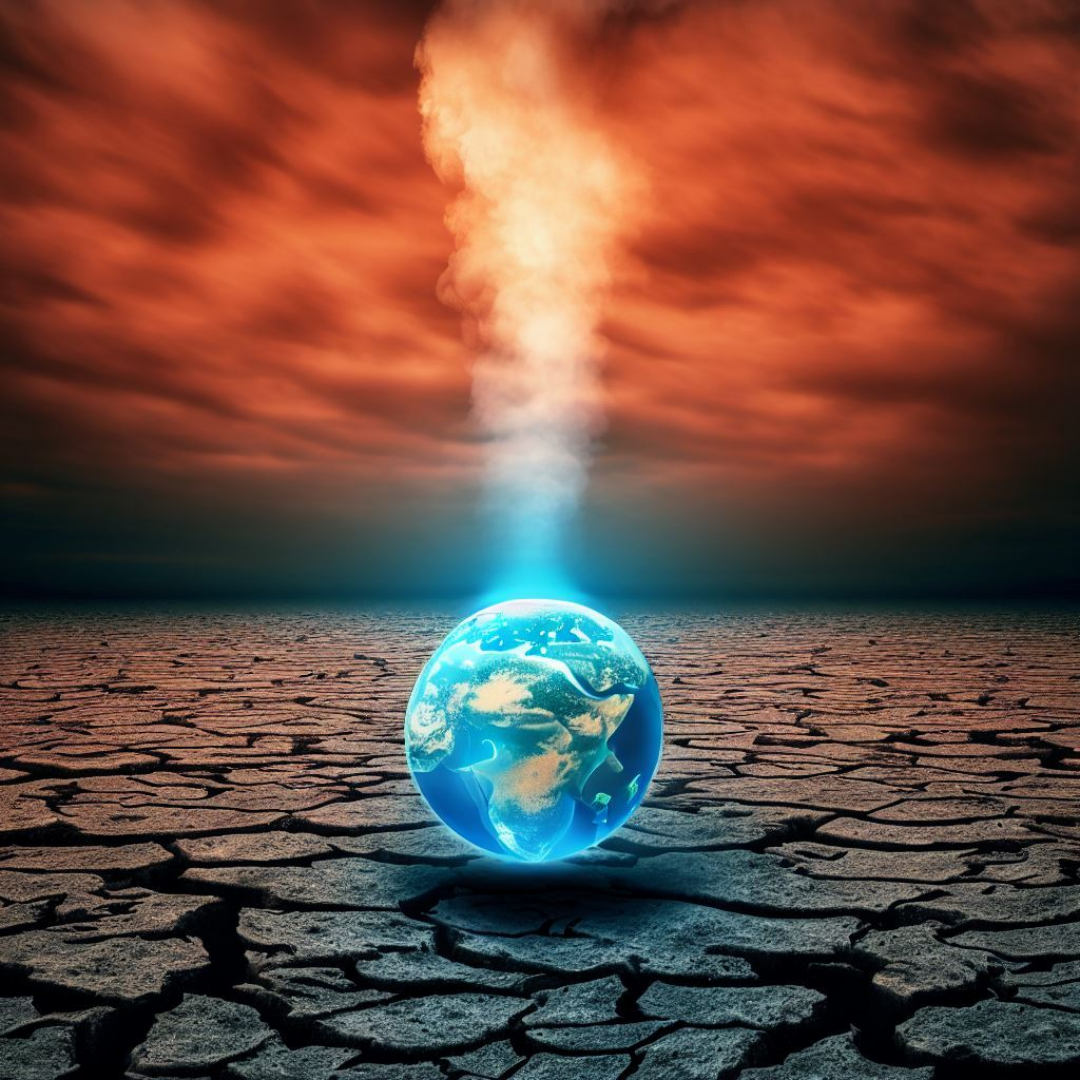IEA’s Executive Director, Fatih Birol, stressed the urgency for governments to prioritize climate action over geopolitical considerations.

In a recent report released by the International Energy Agency (IEA), experts affirm that limiting global warming at 1.5 degrees Celsius remains achievable but necessitates significant reductions in greenhouse gas emissions from the energy sector. This report, an update to the IEA’s pivotal 2021 study, outlines a critical road map for action.
The comprehensive 227-page analysis underscores the imperative to triple the world’s renewable energy capacity by 2030. This ambitious goal is coupled with an urgent need to expedite permitting processes and enhance grid connections to realize a net-zero emissions status by 2050.
IEA’s Executive Director, Fatih Birol, stressed the urgency for governments to prioritize climate action over geopolitical considerations. He emphasized the need for swift and concerted efforts to maintain the 1.5-degree Celsius target. Failure to take more aggressive measures could lead to an overreliance on carbon removal technologies, which the IEA deems “costly and unproven at scale.”
Birol emphasized, “Removing carbon from the atmosphere is very costly. We must do everything possible to stop putting it there in the first place. The pathway to 1.5°C has narrowed in the past two years, but clean energy technologies are keeping it open.”
The report highlights positive developments in solar power and electric vehicle sales since 2021, aligning with the 2050 net-zero trajectory. According to IEA’s projections, these technologies could contribute one-third of the necessary emission reductions between now and 2030.
Achieving net-zero emissions will necessitate accelerated advancements in energy efficiency, a substantial increase in heat pump utilization, and a drastic reduction in methane emissions from the energy sector. Methane, an especially potent greenhouse gas over a 20-year timeframe, requires targeted mitigation efforts.
By 2035, IEA advocates for an 80 percent reduction in emissions from advanced economies compared to 2022 levels, and a 60 percent reduction from emerging economies.
The release of this report follows a record-setting summer marked by devastating wildfires, storms, and floods. IEA underscores that the imperative for transforming the global energy system to align with the 1.5°C goal has never been more pressing.
Looking ahead, the United Nations climate summit, COP 28, slated for November in Dubai, is viewed as a crucial opportunity for nations to commit to heightened ambition and implementation in this pivotal decade.
IEA’s report underscores that a net-zero emissions scenario leaves no room for new coal ventures without carbon capture technology. Additionally, new long-term oil and gas projects are not aligned with a net-zero trajectory, though ongoing investment in existing and approved projects is deemed necessary.
The report concludes by cautioning that between 2023 and 2035, investments in fossil fuel-related activities will be $3.6 trillion higher than in a net-zero emissions scenario. Redirecting these investments towards sustainable alternatives is paramount in achieving the 1.5°C goal.
IEA’s road map projects that demand for coal, natural gas, and oil will naturally peak this decade, even without new climate policies. While encouraging, this peak alone falls short of the requirements for the 1.5°C goal.
While OPEC has contested the notion of peak fossil fuel demand and halting new oil and gas projects, IEA’s report emphasizes the need for substantial expansion in clean energy sources by 2030 to avoid heavy reliance on carbon removal technologies.
In response, advocates stress that investments in technologies like Direct Air Capture should complement broader decarbonization efforts, rather than serve as a standalone solution.
Limiting global warming is the process of reducing human emissions of greenhouse gases in order to slow the rate of climate change. Greenhouse gases are gases in the atmosphere that trap heat, causing the planet to warm. The main greenhouse gases are carbon dioxide, methane, and nitrous oxide.